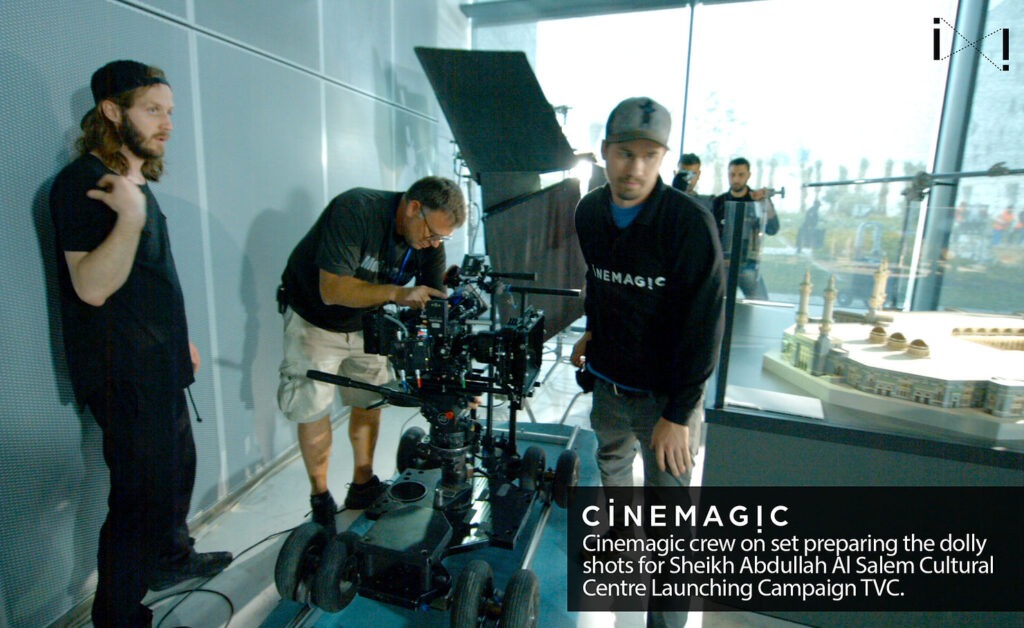
The Dolly Shot: Creative Uses of Camera Movements, Shots, Angles – By Jason Hellerman
It can be difficult to push your audience to identify with the characters while only using camera movement. But it is possible with the right techniques. Today, we’ll review the dolly shot and learn how you can use them creatively to bring the audience into your characters’ world. Let’s glide into this one! DOLLY SHOTS […]
The Dolly Shot: Creative Uses of Camera Movements, Shots, Angles – By Jason Hellerman Read More »